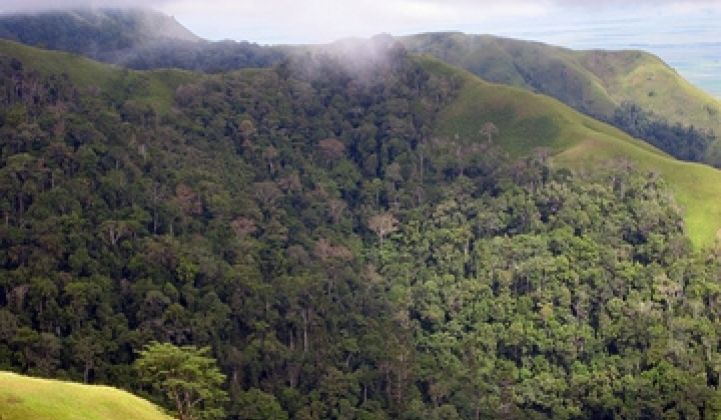An oft-quoted figure to demonstrate amount of emissions caused by deforestation is an exaggeration, according to a research published by journal Nature Geoscience.
A 2007 report by the U.N.'s Intergovernmental Panel on Climate Change said destroying forests in places such as Brazil had contributed 20 percent of the manmade carbon dioxide emissions. The figure became widely used to stress the importance of forest protection.
But new research by Guido van der Werf at the VU University of Amsterdam shows that the figure should be around 12 percent (see his research page).
Van der Werf said the IPCC report used wrong or outdated data. Specifically, the international team of scientists who worked on that report used figures that exaggerated the rate of tropical forest destruction.
He told the U.K. Guardian: "It's a tough message because everybody would like to see forests better protected and it is difficult to tell them that carbon dioxide emissions are less important than assumed. Still, the good news of lower emissions is no bad news for the forests."
His study will likely add fuel the current debate as to whether or not a new international treaty to curb emissions needs to be created and to the efforts by the U.S. policy makers to draft a climate change bill.
Although there is no national emissions cap-and-trade system in the United States, there are already a number of private carbon exchanges, such as American Carbon Registry, that facilitate the sales of credits from forest protection.
"If you want to put a price on carbon [in forests] then you would get less carbon for your money now," he said in the Guardian story. Van der Werf, of course, cautioned that deforestation still makes a significant contribution to emissions.
His study does have a caveat: The 12 percent is an estimate, and the actual number could be anywhere from 6 percent to 17 percent.
Photo via Flickr/Creative Commons.



